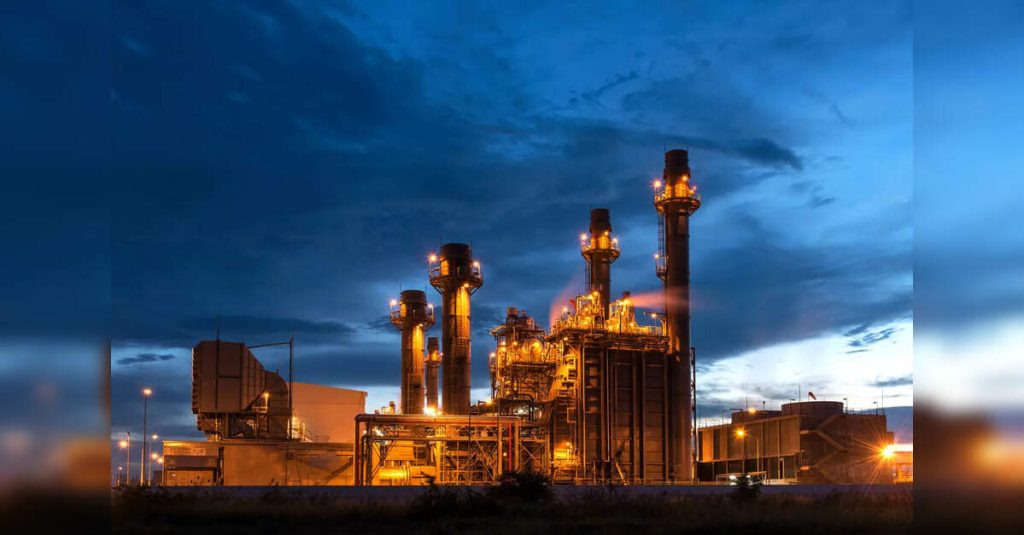
New Delhi: India’s carbon black capacity is set to expand by 25 per cent–30 per cent year-on-year over FY26–FY27, registering a low double-digit compound annual growth rate (CAGR), according to a new report by India Ratings and Research (Ind-Ra). The expansion comes even as demand from the tyre industry — the largest consumer — continues to grow at a single-digit pace.
Ind-Ra said that export opportunities and a shift towards specialty black production are likely to support Indian carbon black players in the near term despite the significant capacity additions underway.
“However, a sizeable portion of the upcoming capacities will produce specialty black which has diverse applications in wires and cables, engineering plastics, etc. compared to the commoditised rubber carbon black which is largely used in the auto and related industries,” said Khushbu Lakhotia, Director, Corporate Ratings, Ind-Ra.
“Furthermore, carbon black demand is likely to be supported by rising export opportunities from supply chain realignments in the European Union and potential opportunities in Southeast Asia,” she added.
Global supply shifts open new markets
The agency noted that the global carbon black trade has undergone structural shifts after sanctions on Russia, the world’s second-largest exporter, following its conflict with Ukraine in 2022. Russia accounted for 18–20 per cent of global trade in 2020–21, with 70 per cent of its exports going to the EU and 5 per cent to the US. Following the EU’s complete ban in July 2024, Asian suppliers — particularly India and China — filled the shortfall.
From less than 10,000 tonnes in 2021, EU’s carbon black imports from India and China jumped to 0.15 million tonnes in 2024 and are projected to reach 0.2 million tonnes in 2025. India surpassed China to become the largest exporter to the EU in the first seven months of 2025, supported by cost competitiveness and stable feedstock supply.
Ind-Ra noted that China’s reliance on carbon black oil (CBO) from coal tar, coupled with environmental regulations that have reduced CBO availability, has eroded its competitiveness. Meanwhile, India’s use of crude-oil derived feedstock (CBFS) and lower crude prices have kept production costs in check.
India’s carbon black exports grew at a CAGR of nearly 20 per cent during 2017–2024, compared to China’s 4 per cent.
India remains a net exporter despite rising imports
India became a net exporter of carbon black in FY22, after being a net importer during FY18–FY21. Exports to the US have also increased sharply due to supply realignments and higher demand from the automotive sector.
Exports to the US rose to 49,666 tonnes in FY25 from 27,617 tonnes in FY24 and 12,248 tonnes in FY23. They now account for about 13 per cent of India’s total carbon black exports. However, the 50 per cent tariff imposed by the US on India’s exports could reduce volumes in FY26.
India remains the second-largest supplier of carbon black to the US, with a 16 per cent share of total imports in 2024.
Exports to Southeast Asia are also increasing, rising 18 per cent year-on-year to 42,983 tonnes in the first five months of FY26. However, cheaper Russian supplies have captured a larger share of the regional market following the EU ban.
India’s carbon black imports grew marginally to 0.15 million tonnes in FY25, up from 0.14 million tonnes in FY24, driven by higher shipments from Russia and China. Imports from China rose to 22,046 tonnes in the first five months of FY26, compared to 13,107 tonnes in the same period of the previous year.
Despite this, Ind-Ra expects India to remain a net exporter in the near term, supported by growing overseas demand, domestic capacity additions, and cost competitiveness.
Domestic demand steady, specialty segment growing
The report said carbon black demand in India continues to be led by the automotive sector, which saw a 5 per cent year-on-year decline in domestic volumes in the first quarter of FY26. Demand is expected to recover in the remaining quarters, aided by easing inflation, post-monsoon recovery, and the festive season.
The increasing penetration of electric vehicles (EVs) is expected to boost medium-term demand as carbon black is also used in lithium-ion batteries and conductive components.
Specialty carbon black, used for UV protection, conductivity, pigmentation, and opacity, is expanding its footprint across wires, cables, plastics, inks, coatings, and electronics. This diversification is expected to offset slower growth in traditional tyre applications.
Margins to stay comfortable despite price moderation
India’s domestic carbon black capacity stood at around 2.1 million tonnes at the end of FY25, up from 2 million tonnes in FY24, growing at a CAGR of about 8 per cent since FY21. Capacity expansion is expected to accelerate to a low double-digit pace over FY26–FY27, with 0.5–0.6 million tonnes of new capacity being added — mostly in specialty black.
Ind-Ra said that while capacity additions could create some pricing pressure, a higher share of specialty grades would help sustain margins. Specialty black typically yields higher EBITDA margins due to its value-added nature.
With moderation in crude oil prices, domestic carbon black prices declined in the first half of FY26, although the drop was smaller than the fall in crude. Chinese carbon black prices have also weakened, leading to an uptick in imports.
“Exports would continue to outpace imports, although the low-priced imports and benign crude would weigh on carbon black prices. Ind-Ra thus expects profit margins to remain comfortable, despite some moderation, over the near term,” the agency said.


